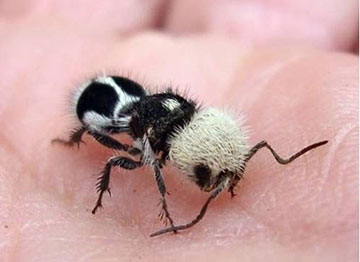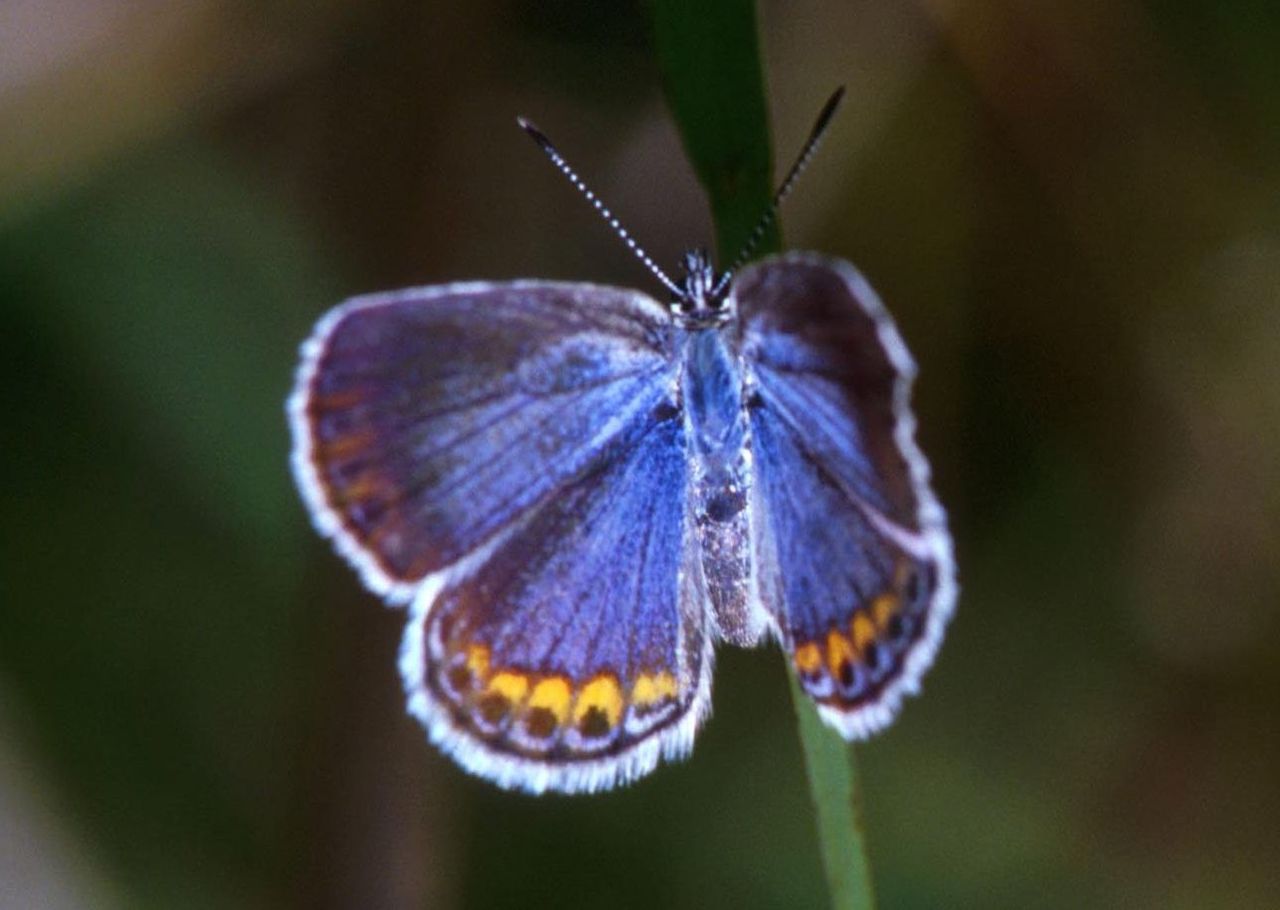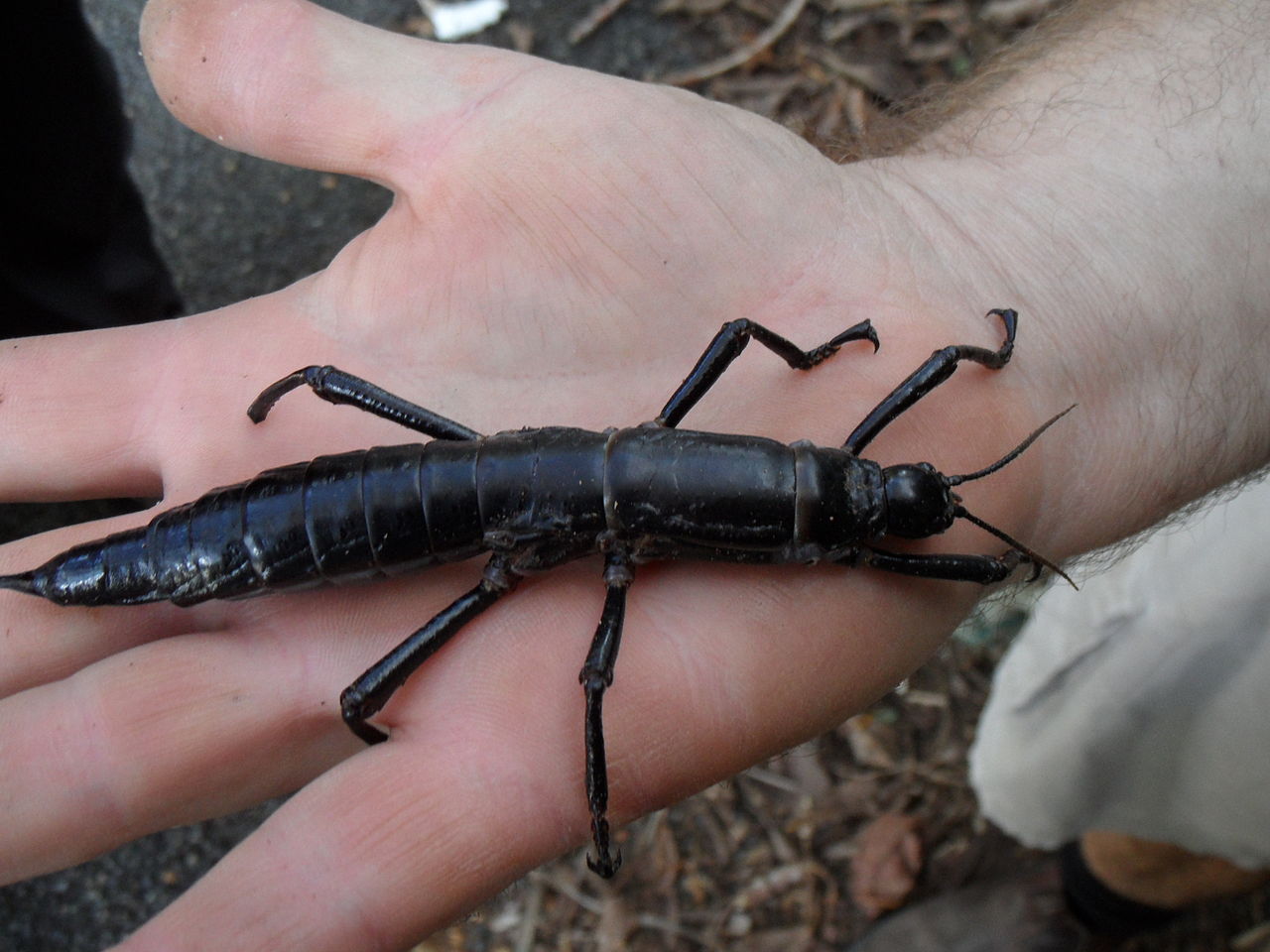The adorable, always humorous MBA Jane is my way of honoring our Sisterhood Merit Badge program, now with 7,504 dues-paying members who have earned an amazing number of merit badges so far—10,886 total! Take it away, MBA Jane!!! MJ
Wondering who I am? I’m Merit Badge Awardee Jane (MBA Jane for short). In my former life …
For this week’s Garden Gate/Get Buggy Intermediate Level Young Cultivator Merit Badge, Piper and I wandered out to the front yard with our trusty notebook journals, magnifying glass, and a couple of glass jars with holes poked in the lids.
I think you can tell where we were going with this, righto? You got it, we were looking for some bug lovin’!
Furry, spindly, fat, eight-legged, four-legged, winged, cute, ugly (or bugly, as the pun-loving Pipes liked to say), we were all about dem bugs.
What we were not about was the anthill we accidently disrupted. Talk about ants in our pants. Okay, okay, I exaggerate, not so much in our pants as milling about our toes, but you get the drift. We apologized to the ant family (They didn’t even pause to listen though. Busy little buggers, aren’t they?) and moved to a different area of the yard.
For the Intermediate Level badge, you won’t really need the jars with lids, but we like to be prepared in case of bug adoptions. You never know when you might find a rare, exotic type lurking under your hydrangeas or scampering past your garden gnome! Why, just one of these finds of the Top Five Rarest Bugs in Nature would cement our notoriety in the world of entomologists:
- Euspinolia militaris (the panda ant): Oh, it may look all cute and fuzzy, with black and white patches that appear positively snuggable, but this ‘ant’ is actually a member of the wasp family. And we never recommend snuggling a wasp. Lest you think you can take this little guy on, we’re here to tell you his nickname is “cow killer” (and yes, they can!). Yikes. Luckily, these stinging devils are mostly found in Chile.

photo by silamtao
- Atrax sutherlandi (red-fanged funnel spider): Also called the Vampire Spider, this somewhat terrifying arachnid has red fangs. Gulp. Surprisingly though, for its fierce appearance, the atrax sutherlandi mostly just eats other insects, and won’t suck your blood.
- Lycaedes melissa samuelis (Karner butterfly): Finally, one that won’t keep you up at night with bad dreams, this vibrant blue butterfly can only be found near New York, where it sadly has nearly become extinct due to deforestation. It’s a particular and persnickety butterfly and wants its habitat exactly just-so (kind of like me, now that I think about it).

photo by Hollingsworth, J & K via Wikimedia Commons
- Titanus giganteus (the titan beetle): Back to the frightening kind, this beetle, native to the Amazon rainforest, can be 9 inches long! Let that sink in. Bigger than my whole hand. Or my favorite sub sandwich! Well, at least at that size, it won’t be sneaking up on me anytime soon.
- Dryococelus australis (the tree lobster): This ginormous walking stick insect (about 6 inches long!) only lives on Lord Howe Island, between New Zealand and Australia. Entomologists thought this amazing creature was extinct back in the ‘20s but luckily for bug lovers everywhere in the early 2000s, they began popping up again. Now, experts are breeding them so as to populate the island once more. How do the residents feel about this? Unsure. How do I feel about that? Glad I don’t live on Lord Howe Island!

photo by Granitethighs via Wikimedia Commons
Well, Piper and I didn’t find any of these remarkable bugs, but we did find some beauties to mark down in our journals. And a roly-poly named Earnest lived in a Mason-jar habitat for an afternoon before we let him go back to his family.





















































One of the first projects I did like this as a child was in our 6th grade science class one Spring. We made butterfly/moth catching nets and holding kits. Then we had to chlorophorm them after catching them and display them in cigar boxes with their scientific names. We each had about 12 specimens for the task. While I hated killing them, it was a true learning experience that required a new level of research and task of scientific presentation. We all enjoyed this project and when we shared them in the classroom, it was a wonderful learning experience looking and learning about all of the many species in our area of the state. The boxes of specimens remained on a big table for a few weeks so that we had multiple opportunities to look at what the class had found and identitfied.
“Cow killer”? Much as I like a nice Chilean wine on occasion, I don’t think I’m going to go visit…
The panda ant is really fascinating looking. I definitely don’t want anymore wasps around me, but he would make for a cute ant! I’m also grateful I don’t live in the Amazon with the titan beetle either. 9 inches is by far way to long for me! I’ll stick with the insects we have here.
I have seldom been afraid of insects but when we were at the TANZANIA border to show our passports there were what I thought were bats flying around the lone lightbulb but noooooo they were giant beetles, lots of them- hundreds actually – crawling on the ground and flying all over, i had to step on them to go into the office for my passport stamp , it is a recurring nightmare for me!!! just terrifying !!1
oh yeah and i was in my bare feet too!
Yukkkkkkk…!